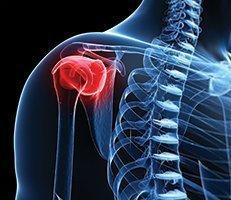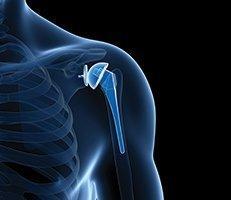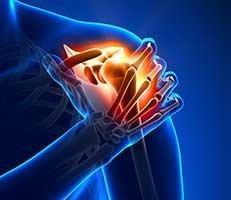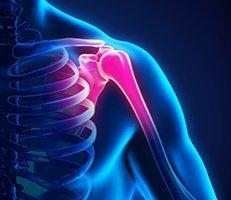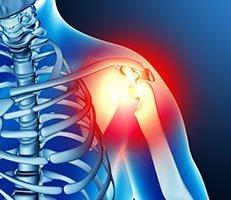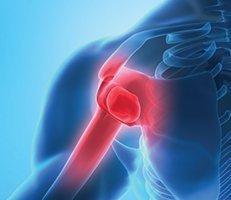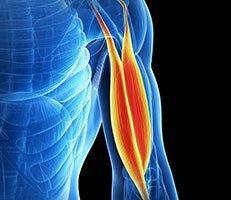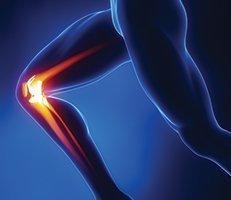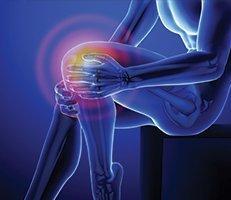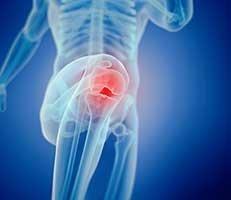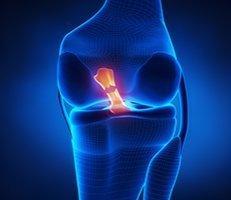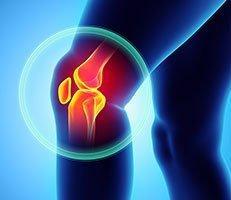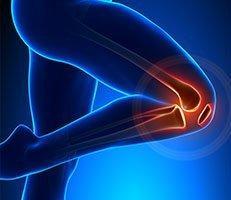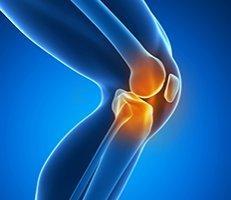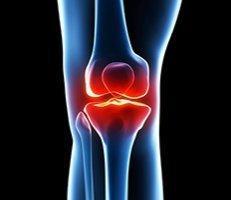Meniscus Surgery Specialist
Commons Clinic
Knee & Shoulder Surgery & Sports Medicine located in Santa Monica, CA
Knee pain, swelling, and stiffness can be the signs of a torn meniscus, a common knee injury. If you have a meniscus tear, orthopedic surgeon and sports medicine specialist Dr. Eric S. Millstein can help. He’s an expert in the diagnosis and treatment of meniscus tears, including minimally-invasive arthroscopic meniscus surgery. To learn more, call Millstein Orthopedics in Century City, California, or schedule an appointment online.
Meniscus Surgery Q & A
What is a torn meniscus?
Your meniscus is a tough but flexible piece of cartilage in your knee that acts as a shock absorber and stabilizer.
A torn meniscus is when this piece of cartilage tears, which is often the result of fast starts, stops, cuts, and pivots. Meniscus tears can also happen when trauma is applied directly to the knee, like in a football tackle.
A torn meniscus can also be caused by your cartilage weakening and wearing thin over time. Older people are more likely to have degenerative meniscus tears. Sometimes, just an awkward twist when getting up from a chair may be enough to cause a tear.
Should I have meniscus tear surgery?
Arthroscopic surgery — or minimally-invasive surgery performed through small incisions — is recommended for meniscus tears. Without surgery, the tear will likely become larger with activity, and fragments of the torn meniscus may damage the smooth cartilage of the knee, resulting not only in pain but also an increase in risk for arthritis.
However, the main reason to pursue surgery is if the symptoms associated with the meniscus tear are inhibiting your everyday activities or sports. If you’re experiencing any of these symptoms, it’s important to see an orthopedic surgeon like Dr. Millstein to see if surgery might be the answer:
- Pain
- Stiffness
- Swelling
- Instability
How is meniscus tear surgery performed?
Because the meniscus has very poor blood supply, most tears are unable to heal even with the aid of stitches. This means that for the large majority of people, cutting out or trimming the area with the tear provides the best relief from the pain, swelling, instability, and locking associated with meniscus tears.
A second option, repairing the meniscus tear with stitches, can be performed under special circumstances, such as with very young patients and with tears that occur near the ends of the meniscus, where there is a better blood supply.
Although MRIs can give a good picture of what a tear looks like, the ultimate decision of whether to repair or cut out a meniscus tear is made during surgery, when Dr. Millstein can best judge the vascularity of the tissue.
Dr. Millstein has performed many successful meniscus tear surgeries, getting athletes back in the game as soon as possible. To learn more about meniscus surgery, call the office or book an appointment online.
Conditions & Treatments
-
 Rotator Cuff Tearmore info
Rotator Cuff Tearmore info -
 Shoulder Replacementmore info
Shoulder Replacementmore info -
 Revision Shoulder Replacement Surgerymore info
Revision Shoulder Replacement Surgerymore info -
 Shoulder Arthritismore info
Shoulder Arthritismore info -
 Shoulder Instabilitymore info
Shoulder Instabilitymore info -
 Shoulder Surgerymore info
Shoulder Surgerymore info -
 Bicep Tendon Injuriesmore info
Bicep Tendon Injuriesmore info -
 Sports Injuriesmore info
Sports Injuriesmore info -
 ACL Surgerymore info
ACL Surgerymore info -
 ACL Revision Surgerymore info
ACL Revision Surgerymore info -
 ACL Tearmore info
ACL Tearmore info -
 Meniscus Surgerymore info
Meniscus Surgerymore info -
 Knee Replacementmore info
Knee Replacementmore info -
 Knee Arthritismore info
Knee Arthritismore info -
 Knee Surgerymore info
Knee Surgerymore info -
 Second Opinionmore info
Second Opinionmore info


